The London Classic gets underway this weekend in Olympia. The line-up is formidable, including the world champion Magnus Carlsen, his predecessor Viswanathan Anand, and Sergei Karjakin, who challenged Carlsen for the title last year. The remaining contestants are as follows: Lev Aronian, Maxime Vachier-Lagrave, Fabiano Caruana, Wesley So, Ian Nepomniachtchi, Hikaru Nakamura and Michael Adams.
Carlsen comes fresh from his triumph in St Louis against the elite Chinese grandmaster Ding Liren. In a mixture of fast-play formats Carlsen triumphed by the overall score of 67-25, winning the match with 13 rounds to spare. Carlsen is of course the hot favourite to win in London, joining those illustrious names who have won major events in the capital including Adolf Anderssen, Emanuel Lasker, José Capablanca, Alexander Alekhine and of course, Anatoly Karpov, Garry Kasparov and Vladimir Kramnik. (There is also the enticing possibility that next year’s World Championship match will see Carlsen defending his title in London.)
This week’s game is a win by Carlsen from an earlier London Classic against the reigning British champion.
Carlsen-Jones: London Chess Classic, London 2012; Sicilian Defence
1 e4 c5 2 Nf3 d6 3 d4 cxd4 4 Qxd4 With this unusual recapture White plans to aim for a Maroczy-style position with an early c4. 4 … a6 5 h3 Nc6 6 Qe3 g6 7 c4 Bg7 White has a central space advantage but Black will aim to create dark-squared counterplay on the queenside. 8 Be2 Nf6 9 Nc3 0-0 10 0-0 Nd7 11 Rb1 White plans to expand with b4 on the queenside. 11 … a5 12 b3 Nc5 13 Bb2 f5 This advance is a standard way to create counterplay for Black in this type of position. However it does run the risk of weakening the kingside. 14 exf5 Bxf5 15 Rbd1 White plans to centralise his forces and eyes the black pawns on the e- and d-files. 15 … a4 16 Ba3 Qa5 (see diagram 1) 17 Nb5 A reasonable alternative here is 17 b4 and after the forced variation 17 … Nxb4 18 Bxb4 Qxb4 19 Nd5 Qa5 20 Nxe7+ Kh8 21 Nxf5 gxf5 White stands slightly better. 17 … axb3 18 axb3 Qxa3 This is an astonishing sacrifice. Instead 18 … Na6 is a playable alternative. 19 Nxa3 Rxa3 20 Nd2 White now slowly reorganises his forces in order to exchange some pieces. 20 … Bd4 21 Qg3 Be5 22 f4 Bf6 23 Bg4 Nd4 24 Kh1 Bc2 25 Rde1 Kh8 26 Re3 (see diagram 2) The white position is becoming coordinated and Black is running out of steam. 26 … h5 27 b4 h4 28 Qf2 Nd3 29 Qg1 Nf5 Although White’s queen has been driven into a passive post his extra material begins to tell. 30 Bxf5 gxf5 31 Nf3 Rc3 32 c5 Bb3 33 Ne1 Bd4 34 Nxd3 dxc5 34 … Rxd3 is met by 35 Rxd3 Bxg1 36 Rxb3 Bd4 37 cxd6 winning easily. 35 Qf2 Rf7 36 Rc1 cxb4 37 Rxc3 bxc3 38 Qe1 Black resigns
Got something to add? Join the discussion and comment below.
Get 10 issues for just $10
Subscribe to The Spectator Australia today for the next 10 magazine issues, plus full online access, for just $10.
You might disagree with half of it, but you’ll enjoy reading all of it. Try your first month for free, then just $2 a week for the remainder of your first year.

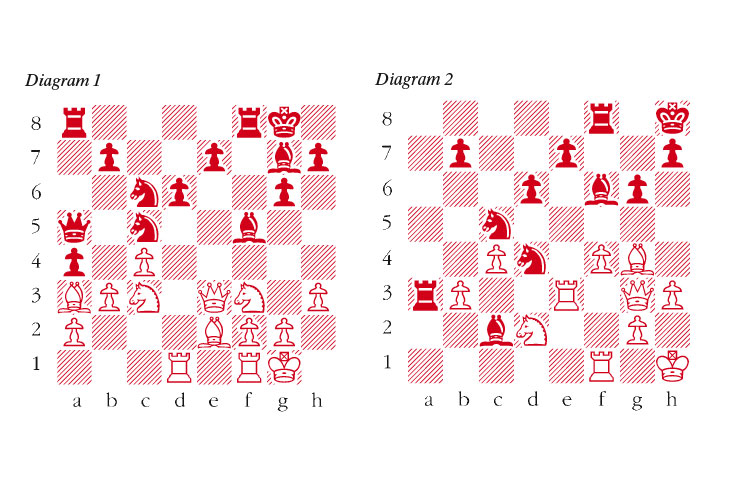

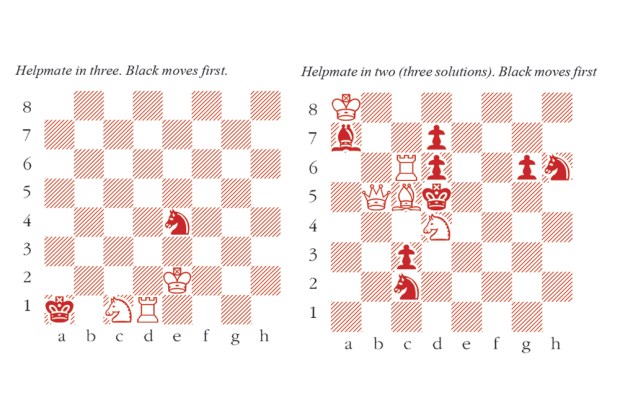
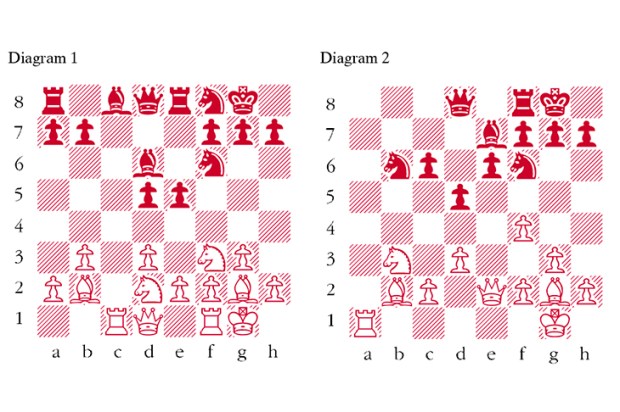
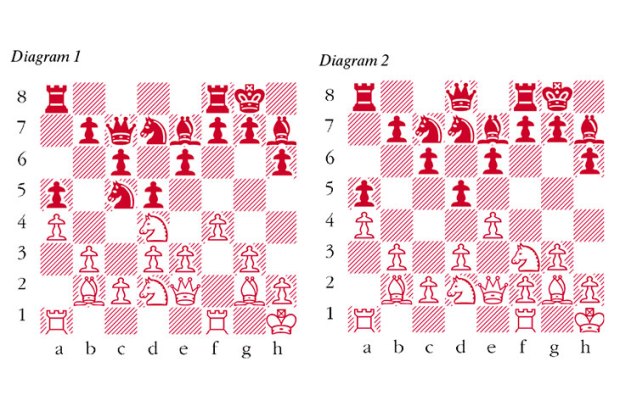
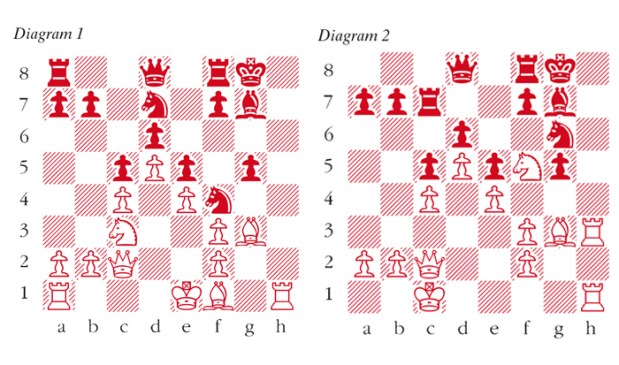
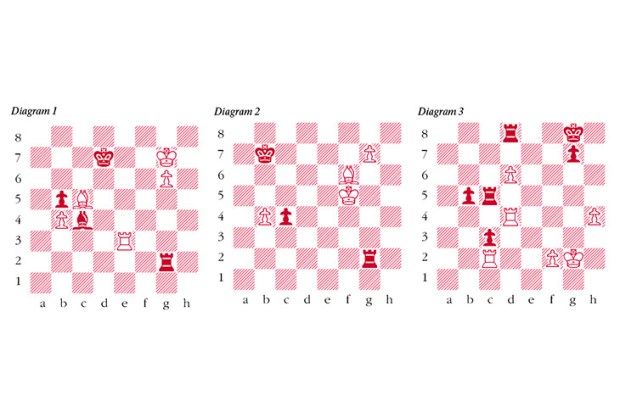






Comments
Don't miss out
Join the conversation with other Spectator Australia readers. Subscribe to leave a comment.
SUBSCRIBEAlready a subscriber? Log in